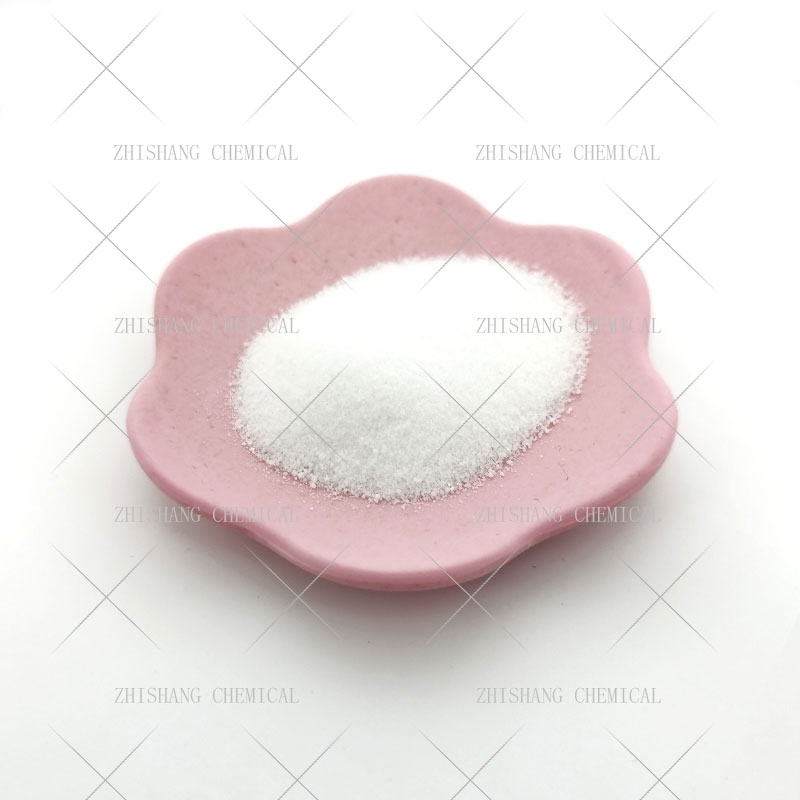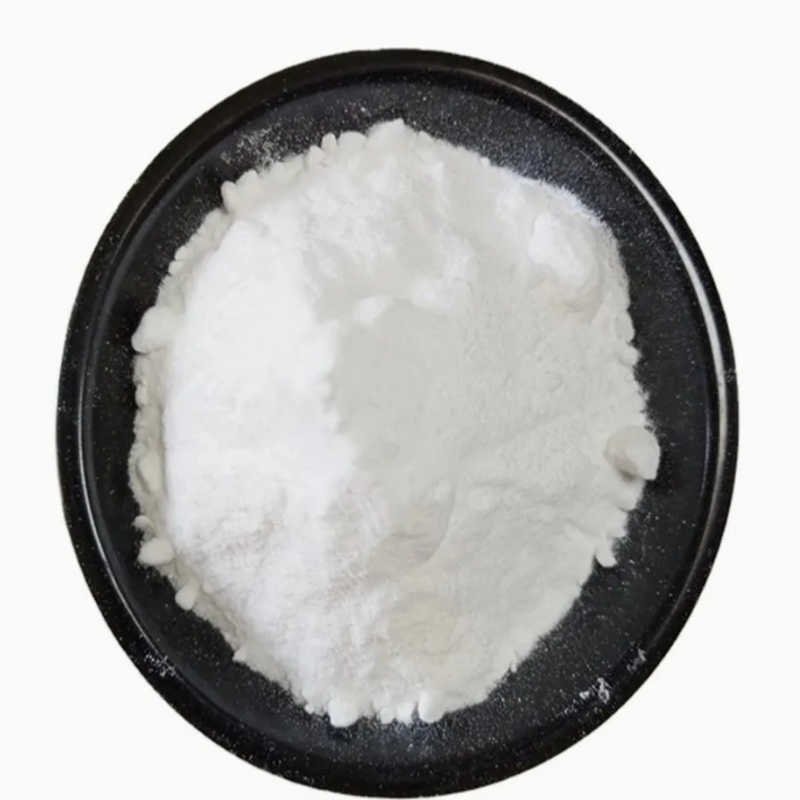-
Categories
-
Pharmaceutical Intermediates
-
Active Pharmaceutical Ingredients
-
Food Additives
- Industrial Coatings
- Agrochemicals
- Dyes and Pigments
- Surfactant
- Flavors and Fragrances
- Chemical Reagents
- Catalyst and Auxiliary
- Natural Products
- Inorganic Chemistry
-
Organic Chemistry
-
Biochemical Engineering
- Analytical Chemistry
-
Cosmetic Ingredient
- Water Treatment Chemical
-
Pharmaceutical Intermediates
Promotion
ECHEMI Mall
Wholesale
Weekly Price
Exhibition
News
-
Trade Service
2-[4-[[[2-[3-Fluoro-4-(trifluoromethyl)phenyl]-4-methyl-5-thiazolyl]methyl]thio]-2-methylphenoxy]acetic acid, commonly referred to as PFOA, is a synthetic chemical that has been widely used in the chemical industry due to its unique properties.
PFOA is a non-stick, water-proof, and grease-proof substance that is used in various applications such as in the production of cookware, food packaging, and textiles.
One of the most common applications of PFOA is in the production of non-stick cookware.
PFOA is used as a surface coating on cookware to prevent food from sticking to the surface.
This makes cooking and cleaning easier and more efficient.
PFOA is also used in the production of food packaging, such as microwaveable popcorn bags and fast food packaging, as it is able to repel grease and oil.
PFOA is also used in the production of textiles, such as clothing and upholstery, due to its ability to resist stains and water.
This makes the fabric more durable and easier to clean.
PFOA is also used in the production of carpet and other floor coverings due to its ability to resist stains and soil.
Another application of PFOA is in the production of personal care products such as shampoos, soap, and toothpaste.
PFOA is used as an emulsifier to keep ingredients from separating, and as a foaming agent to produce a rich lather.
However, due to health concerns, PFOA is being phased out of personal care products.
PFOA is also used in the production of some industrial and commercial applications such as a surfactant in paint and coatings, a catalyst in the production of fluoropolymers, and as a lubricant in heavy-duty engine oils.
Despite its wide range of applications, PFOA has been subject to much scrutiny in recent years due to health concerns.
Studies have linked PFOA to various health problems such as cancer, infertility, and developmental issues.
The US Environmental Protection Agency (EPA) has classified PFOA as a likely human carcinogen, and in 2015, the agency issued a statement recommending that industry and consumers avoid the use of PFOA in any food contact applications.
As a result, many manufacturers have begun phasing out the use of PFOA in their products, and some have even voluntarily ceased production altogether.
The European Union has banned the use of PFOA in the production of food contact materials, and other countries, including the United States, are considering similar measures.
Overall, PFOA is a highly effective chemical that has been widely used in the chemical industry due to its unique properties.
However, due to health concerns and regulatory pressure, its use is on the decline and alternatives are being sought.
While it may continue to be used in certain niche applications, it is likely that its use will continue to decline in the coming years.







